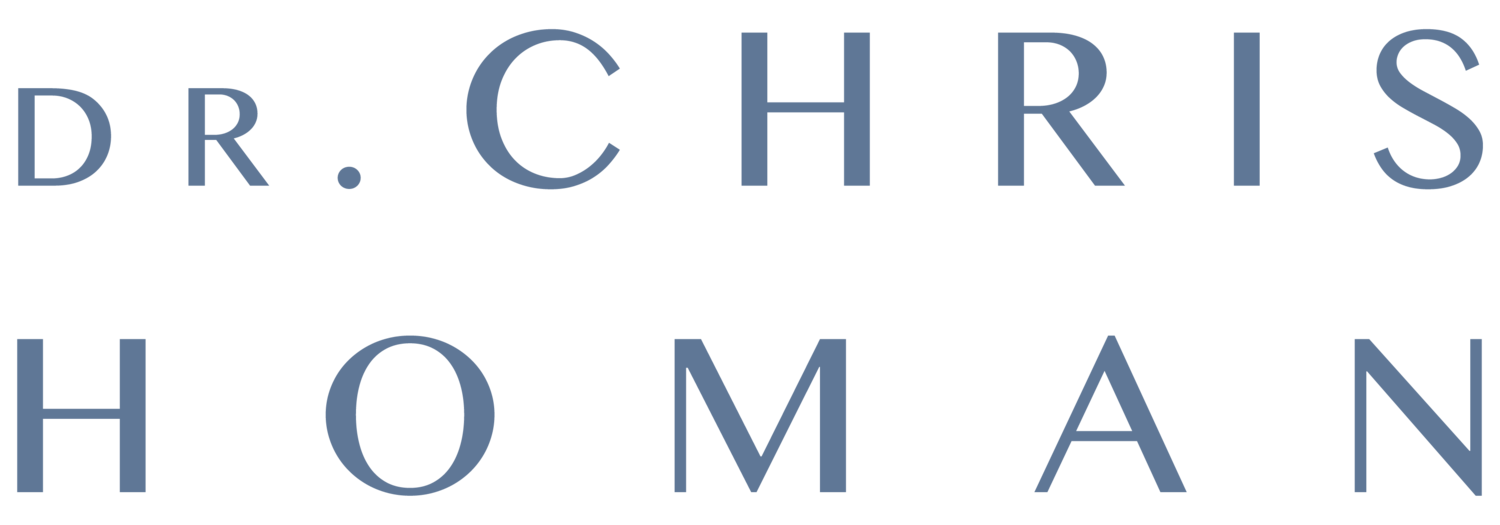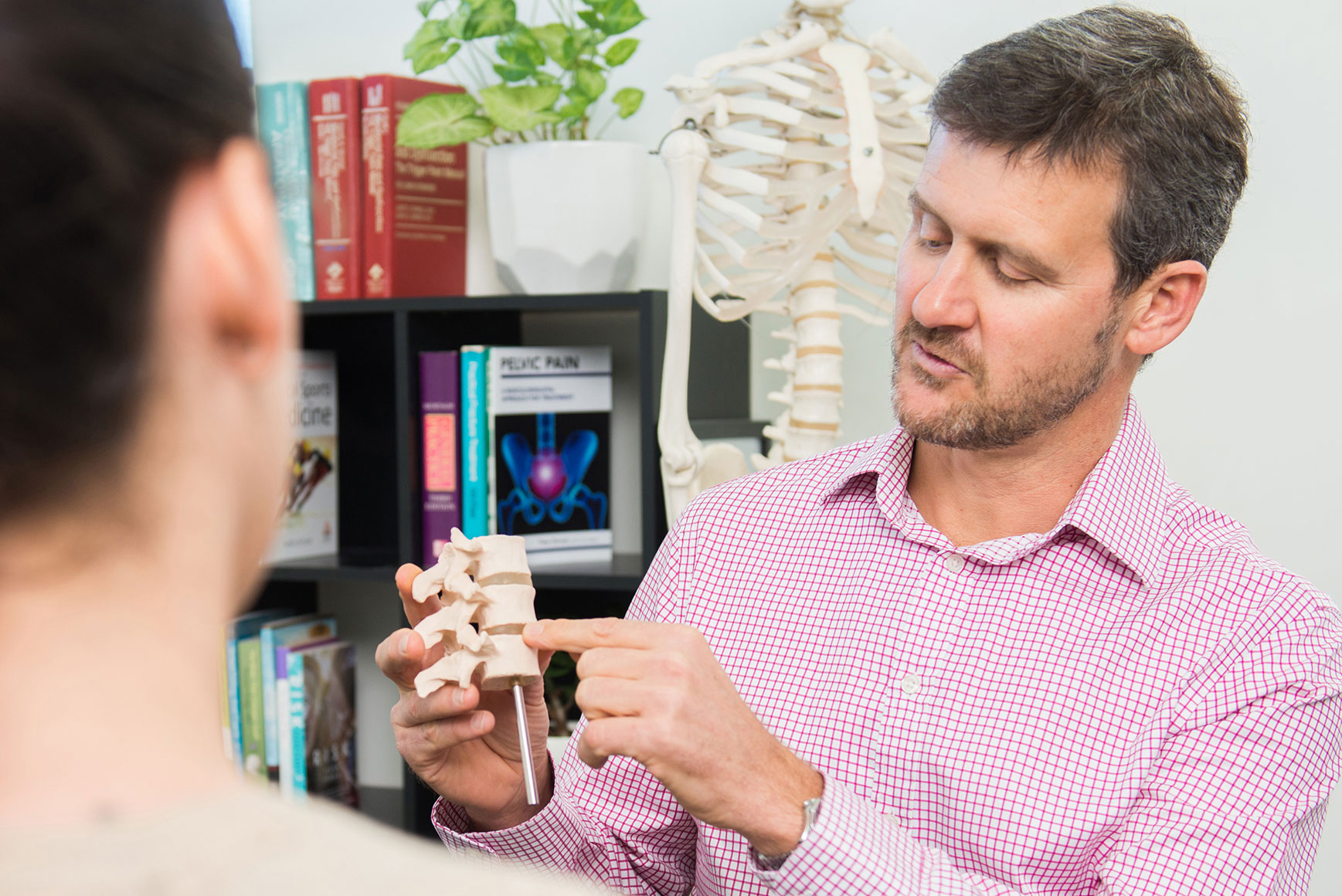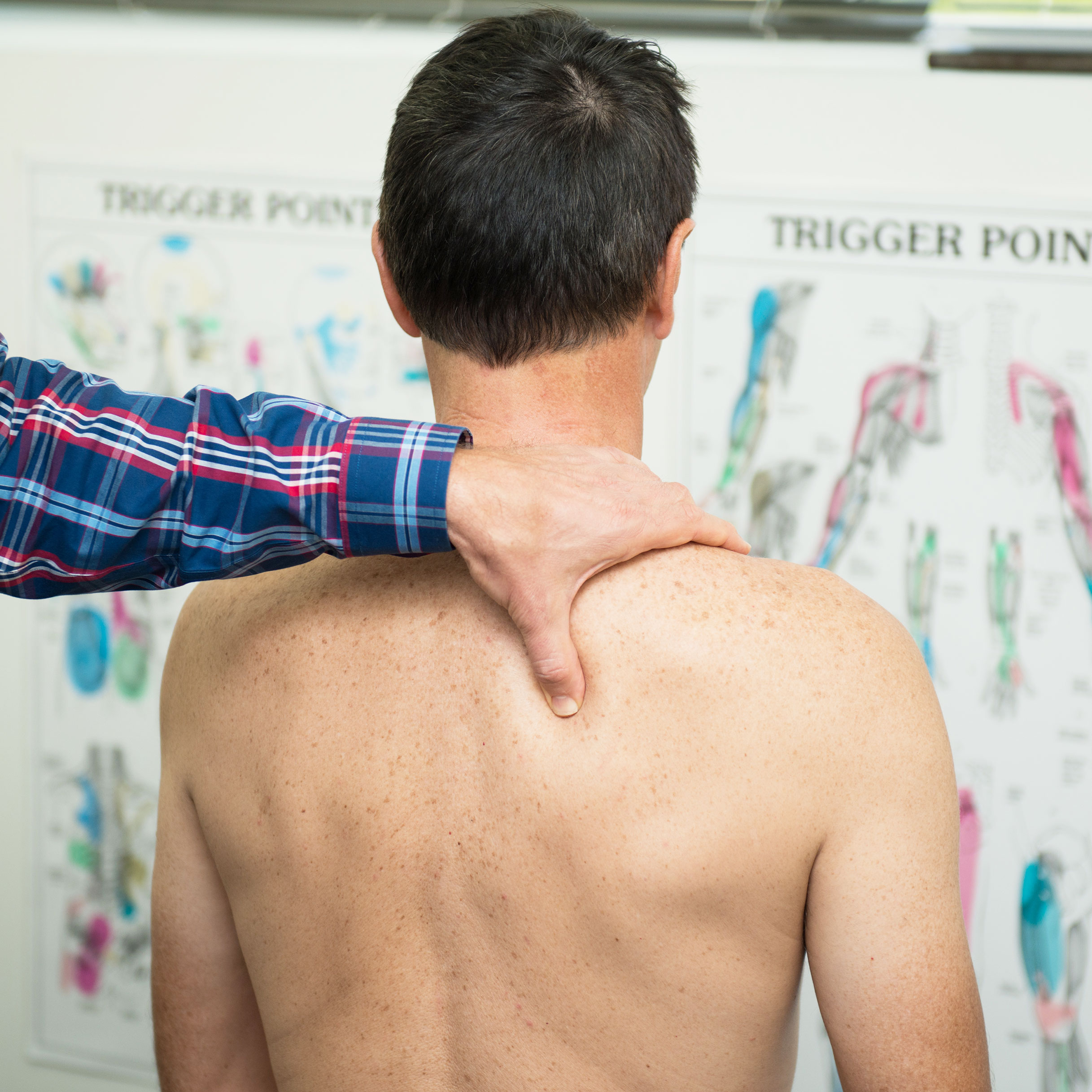treating pain in a complex system
musculoskeletal medicine
Musculoskeletal Medicine Treatment
Although it covers all aspects of pain, musculoskeletal medicine has a unique medical interest in the complex interactions between the “software” of the nerves and muscles; the “hardware” of the skeleton, joints and their supportive ligaments; and the “central processing” of the spinal cord and brain.
Dr. Homan’s 5 principles of MSK Treatment:
Treat the whole body and the whole patient
Treat the cause, not just the symptom
Use a broad range of treatment tools
Treat software before hardware
facilitate habit change to prevent recurrence
Some of the therapies and techniques that Dr. Homan uses are:
Gentle Manual Therapies
Gentle physical treatments are used to re-program the neuromuscular “software” of the body. They activate spinal reflexes to help change tension in the muscles and / or the firing of the nerves. Manual therapies work best when they are used to address the cause of the problem rather than mindlessly chasing the symptoms. Some of the physical treatments that I use include:
Finch Therapy • Positional Release Technique• Muscle Energy Technique •Balanced Ligamentous Tension • Joint Impulses• Targeted Stretching
Soft Tissue Injection Therapies
Soft tissue needle techniques are a powerful medical tool to help re-program the neuromuscular “software” of the body. They can rapidly release painful muscle spasm and reduce tissue inflammation. Some of the injection therapies that I use include:
Muscular Trigger Point Injections • Peri-neural Injection Treatment • Steroid (cortisone) Injections • SUPERFICIAL DRY NEEDLING
Regenerative Injections
(Prolotherapy and PRP Injections)
Prolotherapy and PRP injections are designed to improve the function of degenerative joints and their associated ligaments and tendons. They are thought to work by boosting local growth factors to enhance the natural healing process. Clinical improvements typically last into the medium and long term.
glucose prolotherapy • PRP-Injections (platelet-rich plasma)
Whole-of-Patient Issues
One of modern medicine's biggest weaknesses can be a tendency to “not see the forest for the trees”. In an effort to understand the individual parts, we can lose sight of the larger system that they operate in. To solve complex body pain, it is essential to address the whole system that the pain has occurred in. Some important aspects include:





